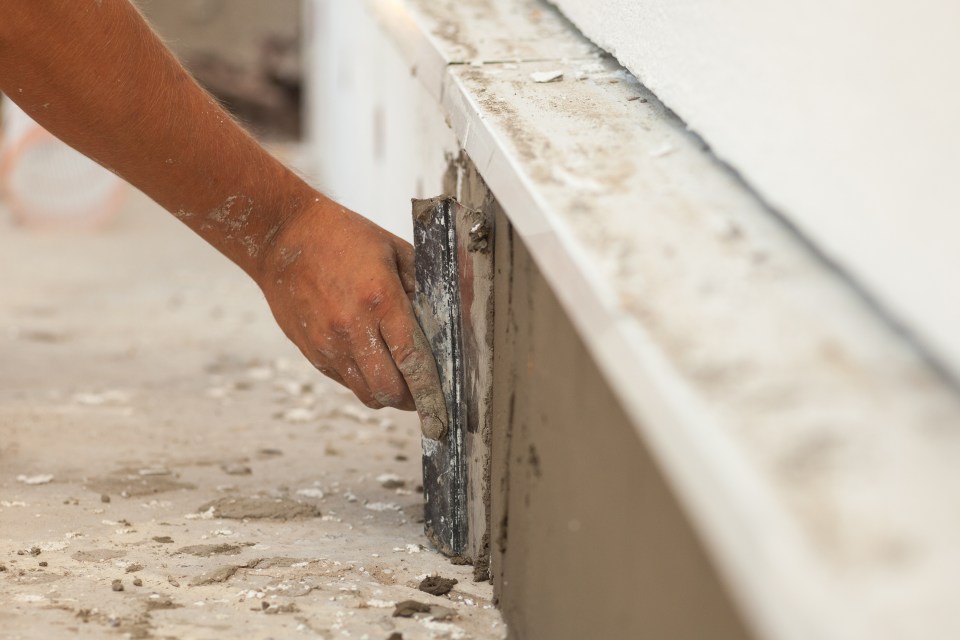
5 House Foundation Repair Hacks You Need To Know
A sound home has a strong foundation. But like any part of the house, it is also susceptible to damages. The most common damages like cracks are aesthetically unpleasant and put the structural integrity at risk. The more you try to ignore the problems, the more expensive it gets, leading to further destruction. Check your foundation now and see if there are any cracks. You can remedy those cracks in the meantime following these house foundation repair hacks.

1. Repair Hairline Cracks
Homes will have small cracks on their foundations because they’re naturally occurring. Foundations that are typically made of concrete tend to expand and contract. The phenomena happen in alternating cool and warm weather. The repeating pattern eventually results in cracks. The horizontal crack in foundation repair cost may differ depending on the severity of the issue.
Much like a first-aid method, you can make the foundation repair yourself. Simply clean the surrounding area of the crack and spray with a mist of water. You can use a commercial concrete repair product and spread it onto the cracks. Then, smoothen it out and remove any excess repair product. However, if you’re dealing with larger cracks and are worried about water leaking inside, it’s best to call for a professional.
2. Look For Clogged Drains
Water leaks can contribute to the damage of your home foundation by forcing their way into your basement. When drains back up and overflow, causing tricking and puddles, that’s usually the sign of clogged drains; that’s why they’re easy to trace. Check your drainage system for clogs during the spring and fall seasons. By winter, you’d want them to be in good condition.
Your gutters also deserve much care because they can get blockages from dried leaves, twigs, and debris. Cleaning your gutters regularly can save you from paying for services. Gutters can also leak when there’s a disruption in water flow. After cleaning, ensure that water flow is redirected away from the house.
3. Try Concrete Mudjacking
Aside from cracks, foundational issues can also come from concrete sinking. There are a few reasons why concrete would sink, including the lack of slab support, soil washout, the type of soil on the ground, and shrinking soil.
Mudjacking, also known as slabjacking, can remedy shrinking concrete foundations by lifting them back to their original position. This method requires hands-on experience to be able to do right. Otherwise, it’s better to call a contractor who can do the job.
In addition, mudjacking is far more affordable than completely replacing the settled concrete, old or new. The way it works is that holes are drilled into the concrete slab. If you have experience injecting insulation into your home’s walls, you will know how many holes to create.
A combination of gravel, sand, ash, and water is injected into the holes, raising the slab gradually. After some time, the holes become plugged. Mudjacking can be used to prevent water from leaking into the basement. But if water is still leaking inside after the effort, that would be the time to seek professional services.
4. Extend The Downspouts
Another hack you can do is make sure that the downspouts won’t be gathering water or puddle at the bottom. If your downspouts tend to end just by the wall foundation, you can extend them and redirect the flows away from where your basement is. If you have a few downspouts attached to the gutters, make sure to extend them all so the water doesn’t cause pooling along the walls.
A way to accomplish this is to get more pieces of flexible tubing and connect them to your existing downspouts. While you need to buy them from your preferred hardware store, they can save homeowners more money. Leaks into the basement are potentially more expensive to repair. They can also cause molding and weakening or structural problems.
5. Seal The Foundation Walls
You might’ve filled in the cracks on your foundation wall. You can add on more layers of protection by sealing it. You can do that by using a waterproof masonry sealer. It will help prevent water from infiltrating the concrete. If there is any existing paint on the walls, remove them first so that the concrete can absorb water.
Use an applicator to spread the sealer onto the patches. Apply a second coating using a masonry roller or a brush. Make sure to work the sealant’s way into the patch and the surrounding area up to an inch to ensure that you’re sealing it properly.
In Conclusion
Foundations can develop problems as the years pass for various reasons. You can repair them yourself or call for services depending on the severity of the damages. You can use tools and other materials to patch up a crack and make changes in water flow to prevent them from seeping into the foundation. But it’s also important to enlist the help of professionals if you can’t do them yourself.




